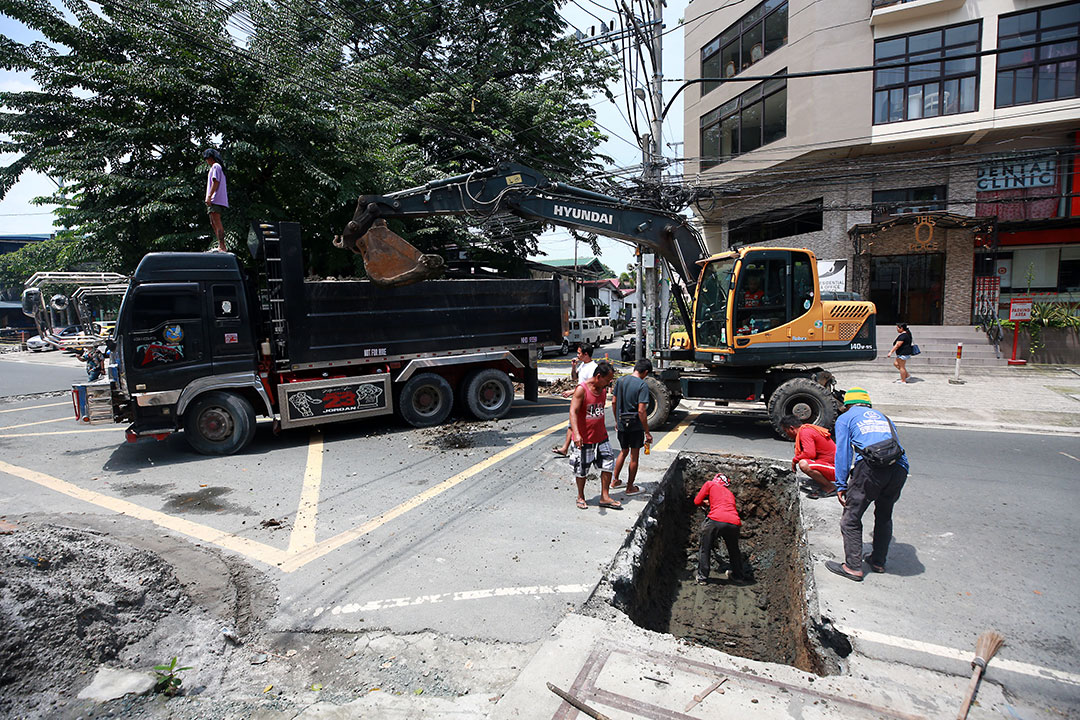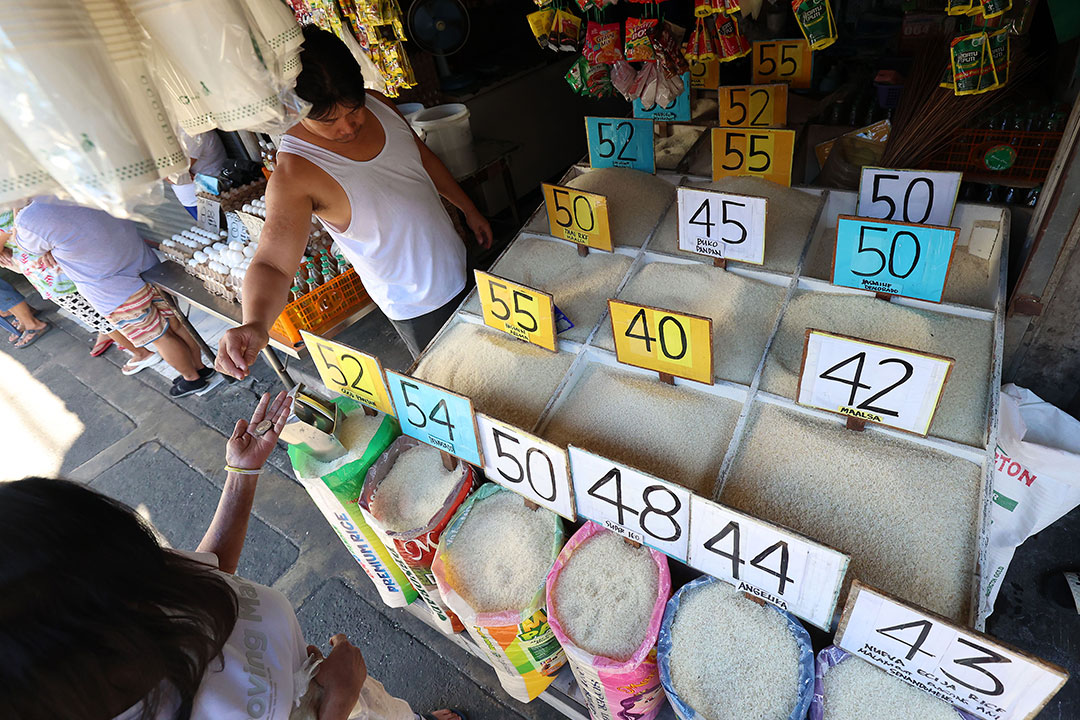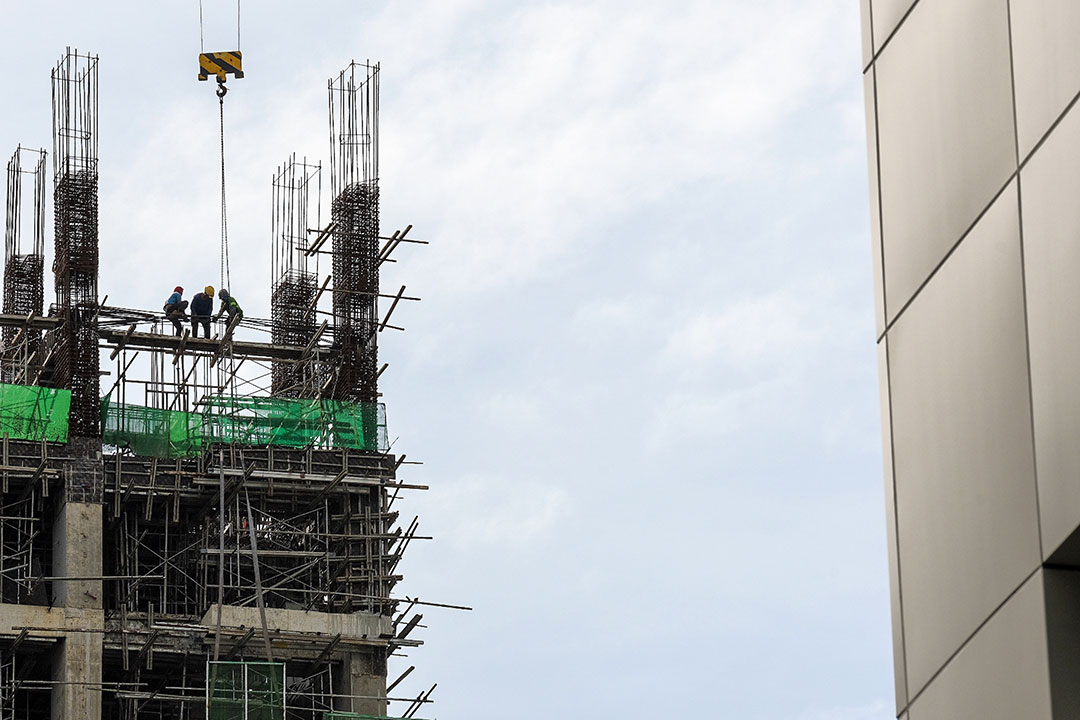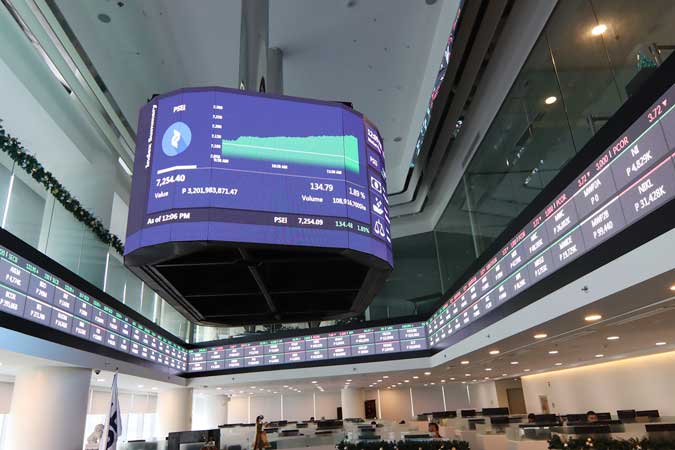
Upgrade to High-Speed Internet for only ₱1499/month!
Enjoy up to 100 Mbps fiber broadband, perfect for browsing, streaming, and gaming.
Visit Suniway.ph to learn
 Workers excavate a portion of a street in Quezon City in this file photo taken on Sept. 7, 2024. — PHILIPPINE STAR/MIGUEL DE GUZMAN
Workers excavate a portion of a street in Quezon City in this file photo taken on Sept. 7, 2024. — PHILIPPINE STAR/MIGUEL DE GUZMANBy Aubrey Rose A. Inosante, Reporter
BUDGET SECRETARY Amenah F. Pangandaman anticipates a rebound in infrastructure spending in the next two months, following an expected dip in April due to the election ban.
In an e-mail interview with BusinessWorld, Ms. Pangandaman said disbursements “tend to pick up strongly” in May and June.
“With regard to the election ban, based on historical government spending performance for similar national and local election periods, for example, in 2019 or in 2022 (presidential election), we see a bit of a temporary slowdown when the election ban is in effect in April,” she said on April 15.
The Commission on Elections’ ban on public works spending began on March 28 and will run for 45 days. The midterm elections are scheduled for May 12.
Latest data from the Department of Budget and Management (DBM) showed spending on infrastructure and other capital outlays declined by 19.8% to P146.7 billion in December 2024 from P183 billion in the same month in 2023.
For the full year, expenditures on infrastructure and other capital outlays jumped by 10.1% to P1.33 trillion from P1.2 trillion in 2023.
Infrastructure spending data for the first three months of 2025 is yet to be released.
Ms. Pangandaman, who chairs the Development Budget Coordination Committee, said there would be “a slowdown in project execution during the first half of 2025 on account of the upcoming midterm national and local elections.”
A similar slowdown in infrastructure spending was seen in the months leading up to the May 2022 national polls.
In 2022, infrastructure and other capital expenditures fell by 9.7% in April, but inched up 2.1% in May and jumped by 51.9% in June.
Despite the expected slowdown, Ms. Pangandaman remains optimistic that infrastructure disbursements will be “robust” in 2025.
“We are optimistic that infrastructure spending will remain robust and a significant growth driver for the year, particularly from the ongoing projects which were started and accelerated ahead of the election ban,” she said.
Ms. Pangandaman noted that in the first two months of 2025, state spending already showed a 13.76% increase to P822 billion.
“When we look at other data, for instance, using bank reports for the same period to check specific agency spending performance, the disbursements of at least the Department of Public Works and Highways and the Department of Transportation — the two main infrastructure departments — combined for P83.9 billion, more than 50% of their equivalent disbursements for the comparable period in 2024 of P54.5 billion,” she said.
Ms. Pangandaman said this only factored the notices of cash allocation (NCA) disbursements and left out the non-NCA items.
The NCA is a cash authority issued by the DBM to central, regional and provincial offices and operating units through government banks to cover the cash requirements of the agencies.
“These numbers somehow indicate the relative strength of infrastructure spending that we expect for the year,” Ms. Pangandaman said.
Reinielle Matt M. Erece, an economist at Oikonomia Advisory and Research, Inc. said there may be an increase in infrastructure spending in 2025.
“Apart from the election season, lower borrowing costs and fiscal spending to boost economic growth may also drive higher infra spending. I expect to see the increase in infra spending in the second half of the year,” Mr. Erece told BusinessWorld on Thursday.
In addition, Mr. Erece expects public-private partnerships projects to “prosper” amid lower borrowing cost and fiscal spending.
Meanwhile, Rizal Commercial Banking Corp. Chief Economist Michael L. Ricafort said infrastructure spending has become a major contributor to economic growth and development.
He noted that infrastructure spending’s share in gross domestic product has gone up to 5-6% in recent years, sharply higher than the less than 2% share in the last 20-30 years.




